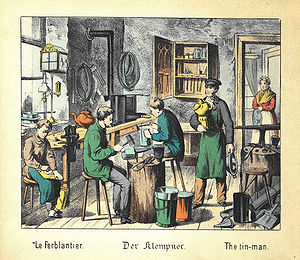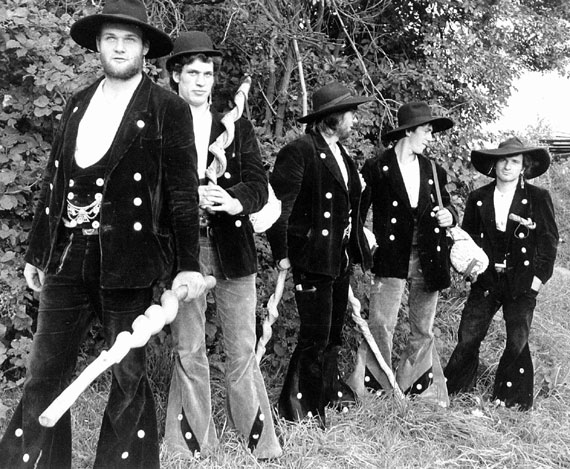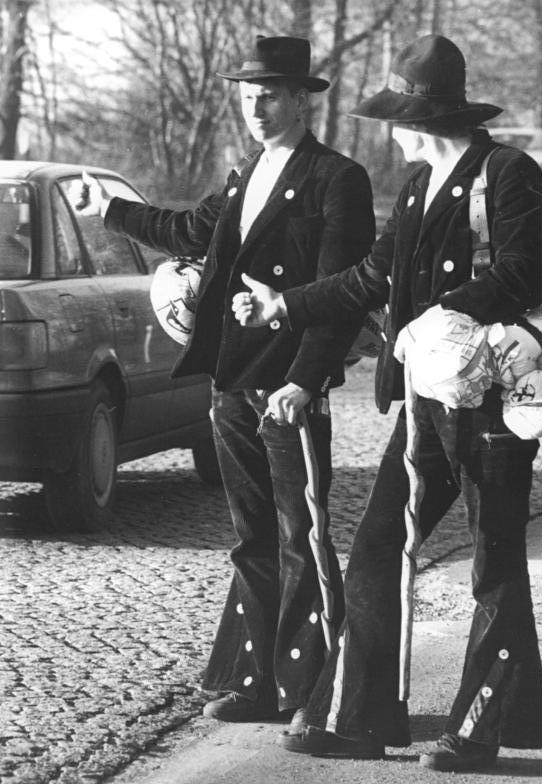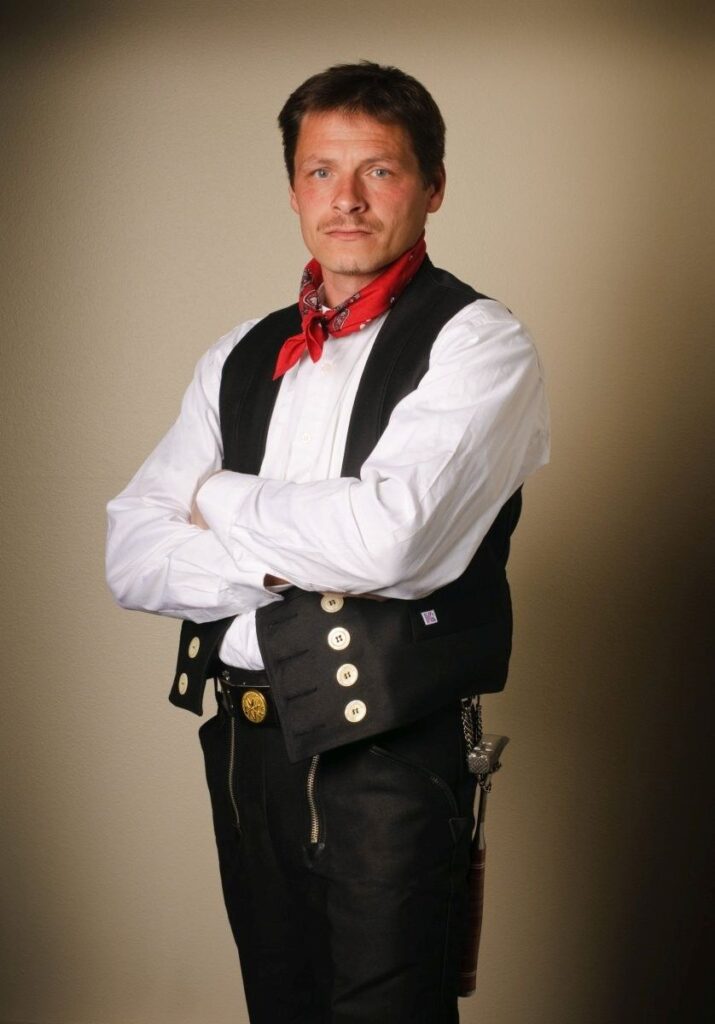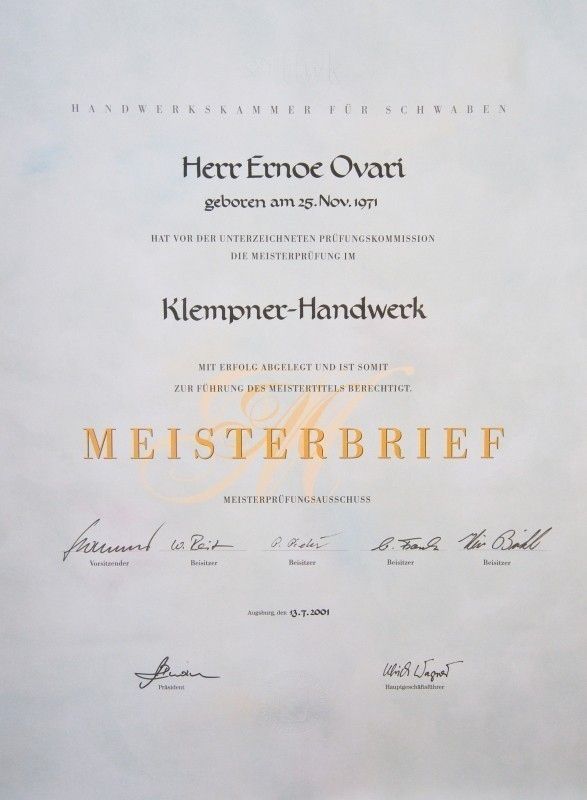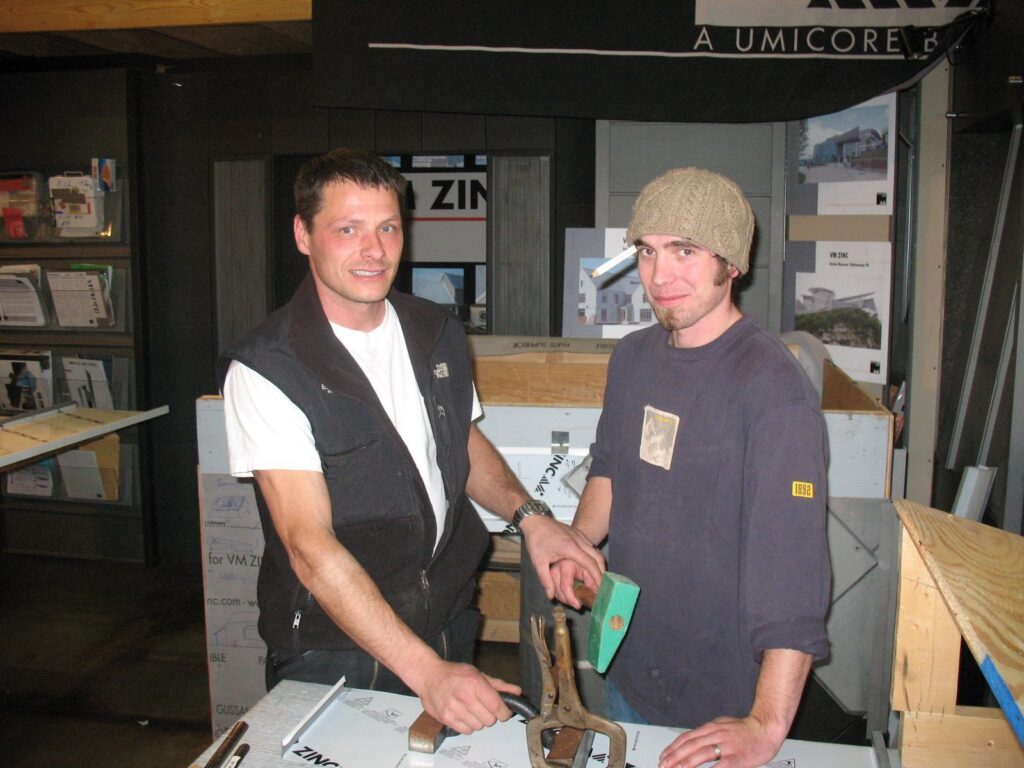In 100 BC, around the time of Julius Caesar, Romans pioneered a groundbreaking plumbing system across their empire. This system, revolutionary for its time, was predominantly crafted from lead. Lead, abundant and easily extractable, was favored for its low melting point, corrosion resistance, and malleability, making it an ideal material for shaping various plumbing fixtures and structures. While modern understanding recognizes lead’s toxicity, ancient societies viewed it as a miraculous substance capable of addressing numerous challenges.
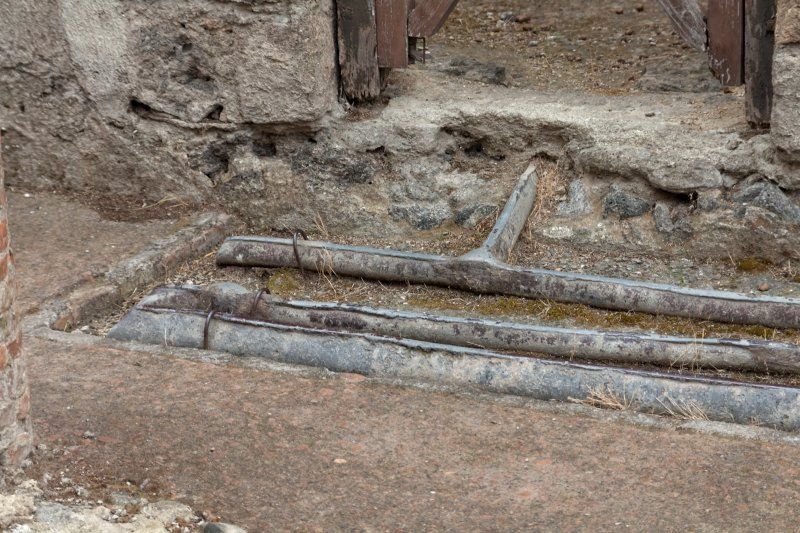
The chemical symbol for lead, Pb, originates from the Latin term “plumbum,” giving rise to the word “plumber” in contemporary language. Roman artisans handcrafted lead into sheets that could be fashioned into a multitude of items, including cookware, water pipes, and even coins, which played a significant role in the proliferation of currency. As architectural advancements led to taller and larger structures, the need for durable roofing materials became imperative, laying the groundwork for the widespread use of metals in construction.
During the 15th century, guilds emerged across Western Europe, playing a pivotal role in regulating and advancing various trades. These guilds fostered trade schools, standardized craft practices, and provided social support for craftsmen. In Germany, the terms “Klempner” and “Spengler” denote trades specializing in metal roofing and cladding. Klempner, prevalent in northern Germany, refers etymologically to the act of hammering metal firmly. Spengler, is the trade name more commonly heard in the south. Both terms encompass a diverse range of skills, including sheet metal work, ornamentation, and water management. If you were to put either of the terms into a Germany search engine, you’ll be most likely to get a list of plumbers, so vestigial is our trade to its origin.
Wandergesellen: Preserving Tradition in German Trades
In the realm of German craftsmanship, the title of “Gesellen” holds significant weight. These are the skilled tradespeople who have completed their apprenticeship training and are now embarking on a journey to gain the diverse experiences necessary to apply to Master School. Pictured here are framers wearing their specific trades uniforms.
The term “Wander” in Wandergesellen is a cognate of the English word “wander,” signifying travel and exploration. In essence, these individuals embark on a journey from place to place, earning them the title of “journeyman.”
Imagine growing up in a small Berg, where the cultural and environmental landscape remains uniform. For a tradesperson aspiring to refine their craft, it becomes imperative to venture beyond familiar territory. Thus, Wandergesellen traverse different regions of the country, encountering varied weather conditions, architectural styles, and building techniques. This journey allows them to glean insights and techniques from seasoned masters, enriching their skill set along the way.
This pursuit of knowledge typically spans three years, during which Wandergesellen receive no compensation for their labor. To navigate from one destination to another, they rely on the age-old practice of hitchhiking, a testament to their dedication and resolve.
In essence, Wandergesellen represent more than just skilled tradespeople; they are custodians of tradition, preserving the essence of German craftsmanship for generations to come. When their journey is complete, they are able to apply for master school.
Traditionally, Wandergesellen don distinctive uniforms, symbolizing their status as skilled tradespeople. The attire serves as a mark of pride and professionalism, embodying centuries-old traditions of craftsmanship. Donning such attire without the proper credentials is considered a serious offense, akin to impersonating a police officer.
Our uniform pays homage to this rich heritage, meticulously crafted to blend symbolism with practicality. From the intricately designed belt buckle to the lion head hammer chain, every detail serves a purpose. Even the pants are engineered to withstand extreme temperatures, reflecting Germany’s commitment to quality and innovation.
Craftsmanship in the New World: Embracing Tradition in a Changing Landscape
In the vast expanse of the New World, traditional trades such as those upheld by the Masters in Germany face a unique set of challenges and opportunities. Unlike their European counterparts, the concept of journeyman tradespeople embarking on a quest for mastery is not ingrained in the cultural fabric of this young nation.
Geographically diverse and culturally dynamic, the New World boasts a landscape marked by vast environmental variations and a patchwork of cultural influences. With minimal historic architecture and less emotional attachment to traditional building methods, the emphasis often leans towards practicality and expediency rather than longevity and craftsmanship.
In this landscape, factors such as cheaper fuel prices and a cultural preference for quantity over curated quality have led to a diminished focus on sustainability and longevity in construction practices. As a result, easily specifiable and installable systems dominate the market, often at the expense of durability and aesthetic appeal.
Unlike in Germany, where asphalt shingles are rare sights and air conditioners are uncommon, building practices in the New World diverge significantly. However, Spengler Industries aims to bridge this gap by offering roof and wall systems engineered to last maintenance-free for up to a millennium.
Despite the prevailing norms, Spengler Industries advocates for a shift towards higher standards and greater emphasis on craftsmanship. Drawing from centuries of German tradition, where 13-year-olds are entrusted with intricate seaming work, we believe that raising standards in the New World is not only feasible but necessary.
At the heart of our ethos lies the Meisterbrief, Germany’s most esteemed engineering and trades degree. With its rigorous curriculum and demanding requirements, attaining the Meisterbrief signifies a commitment to excellence and mastery. President Erno Ovari’s extensive training, exceeding 25,000 hours, underscores the company’s dedication to upholding German standards of quality and engineering prowess.
In advocating for a cultural shift towards embracing engineering excellence, Spengler Industries aims to normalize the pursuit of craftsmanship and longevity in the New World. With a steadfast commitment to guiding clients every step of the way, we seek to redefine norms and establish a new standard of excellence in construction practices.

